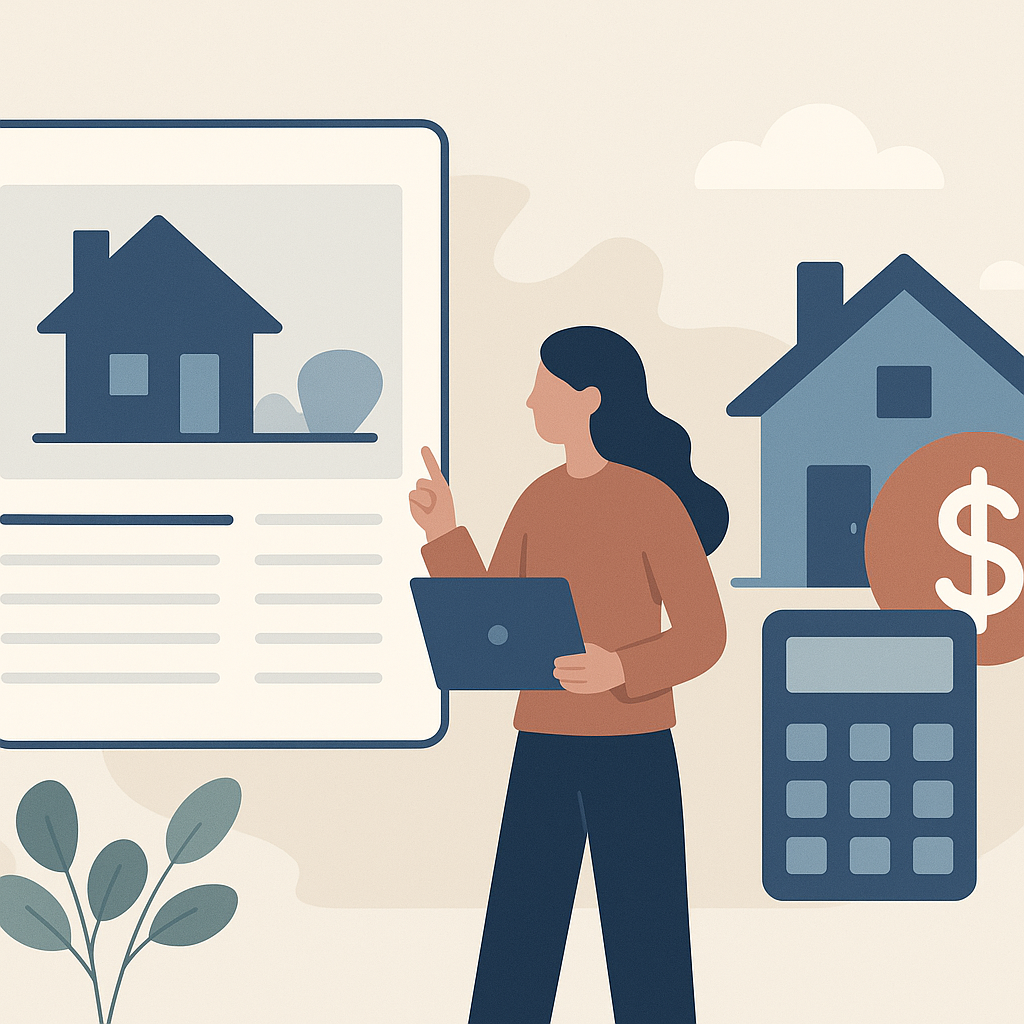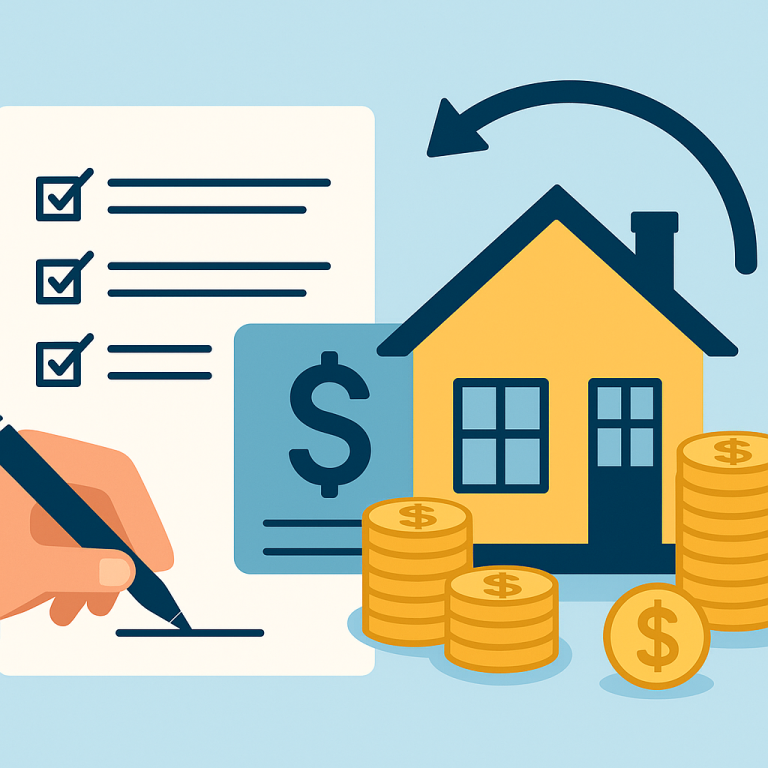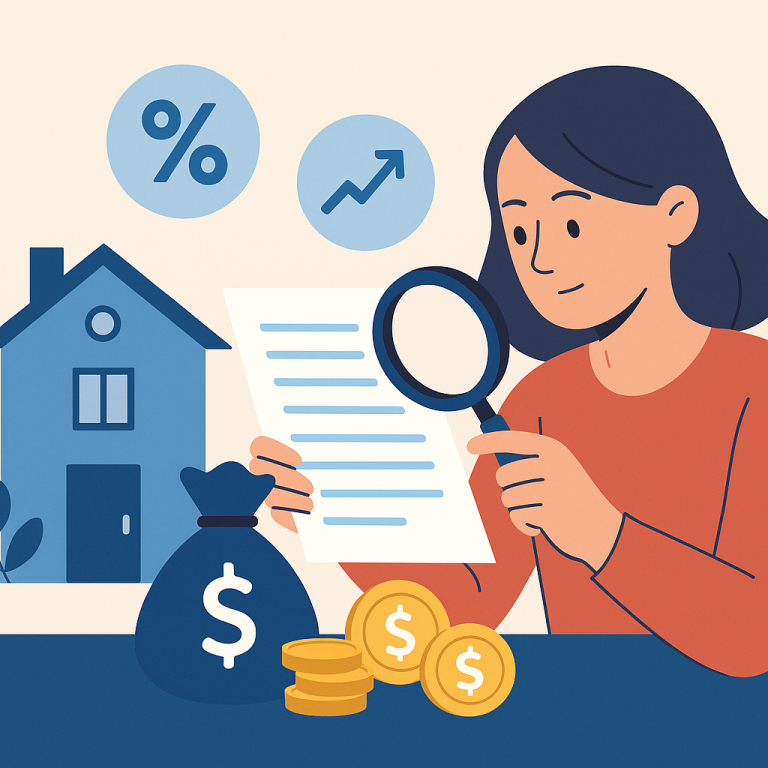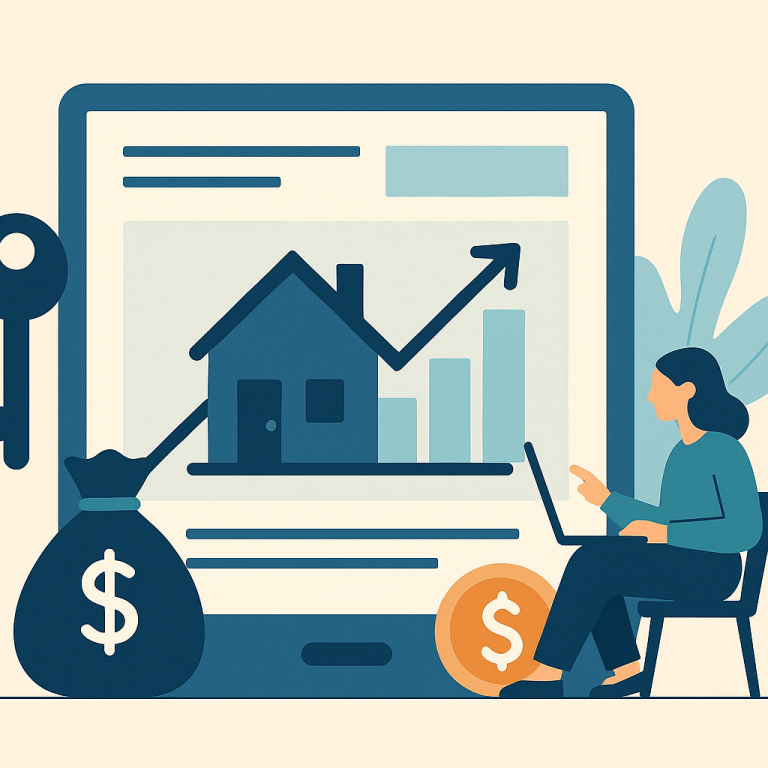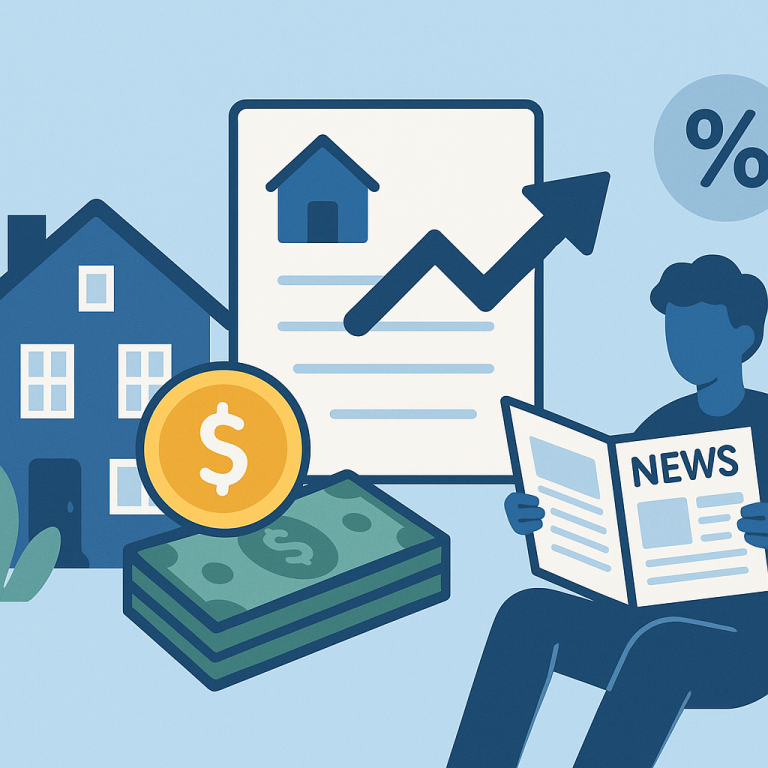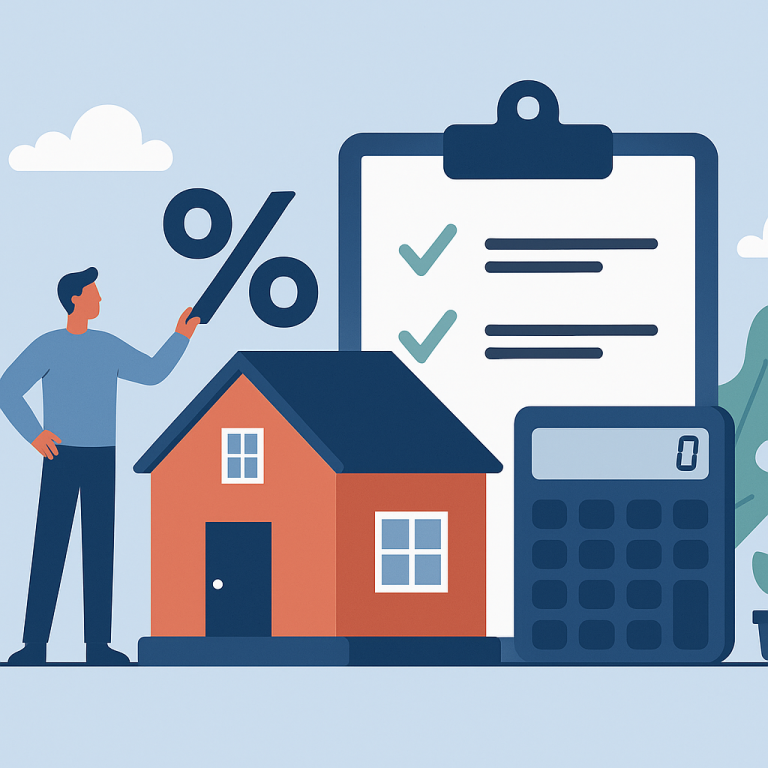Refinance Applications Jump 8% After Mortgage Rates Fall: Weekly MBA Report
Why Many Homeowners Are Choosing Shorter-Term Refinances Now
Homeowners weighing a refinance decision are increasingly drawn to shorter-term, fixed-rate loans. Rather than pursuing cash-out refinances or seeking the lowest possible monthly payment, a growing segment is opting to shorten the loan term to accelerate principal paydown and reduce total interest costs over the life of the mortgage.
What’s driving the shift
Market conditions that produced volatile rates in recent years have settled into a more stable pattern for some borrowers. When interest-rate movements slow and homeowners have built meaningful equity, refinancing into a shorter-term loan becomes a viable way to lock in predictability while reducing cumulative interest. For borrowers focused on paying off their mortgage sooner, the trade-off—higher monthly payments in exchange for a shorter payoff horizon—can make financial sense.
Financial mechanics and trade-offs
Shortening the loan term typically lowers the interest rate compared with similarly structured longer-term loans, but it also increases monthly payments. The main benefit is a significant reduction in total interest paid across the life of the loan. This approach suits homeowners who expect stable or rising income, have sufficient emergency savings, and value mortgage freedom sooner over maximizing short-term cash flow.
When a shorter-term refinance makes sense
- Homeowner has substantial equity and can qualify for refinance underwriting without tapping reserves.
- Current cash flow can absorb a higher monthly payment without compromising financial resilience or other goals.
- Long-term planning prioritizes interest savings and early mortgage payoff over liquidity.
- Expected time in the home is long enough to recoup closing costs through interest savings and amortization.
Costs and considerations
Refinancing involves upfront costs—application fees, appraisal, title services and closing expenses—that reduce the immediate financial benefit. Homeowners should calculate the break-even period and compare it against their planned timeline in the home. Additionally, tax considerations can differ between loan structures and uses of proceeds; homeowners should review implications with a tax advisor.
Practical steps for homeowners
- Run a refinance comparison: estimate monthly payment changes, total interest savings, and the break-even horizon for closing costs.
- Get prequalified with multiple lenders to compare quoted rates and fee structures; small rate differences can affect the break-even window.
- Consider alternatives such as making additional principal payments on an existing mortgage before committing to a refinance.
- Review emergency savings and other financial priorities to ensure the higher payment fits into a resilient budget.
Homeowner takeaways
Refinancing to a shorter-term mortgage is a strategic option for homeowners who prioritize long-term savings and earlier mortgage payoff and who have the cash flow and equity to support higher monthly payments. The decision hinges on individual timelines, fee recovery horizons, and broader financial goals. For those who meet the criteria, a shorter-term refinance can convert built-up equity and stable income into a faster path to mortgage freedom.
META: focus=shorter-term-refinance;tone=professional;wordcount=approx-580;takeaways=actionable

